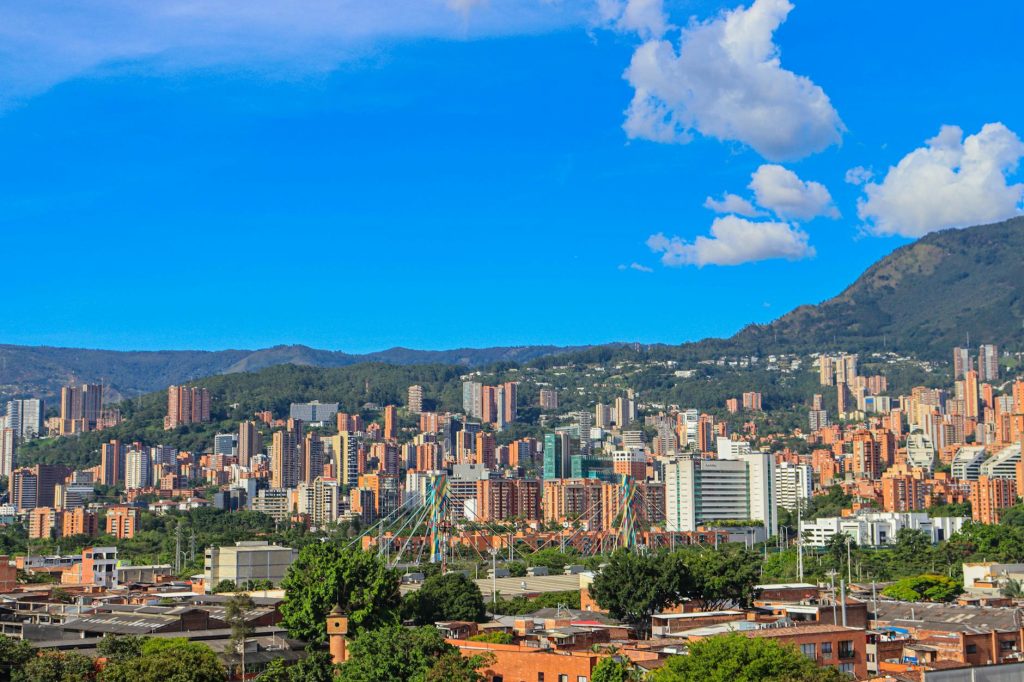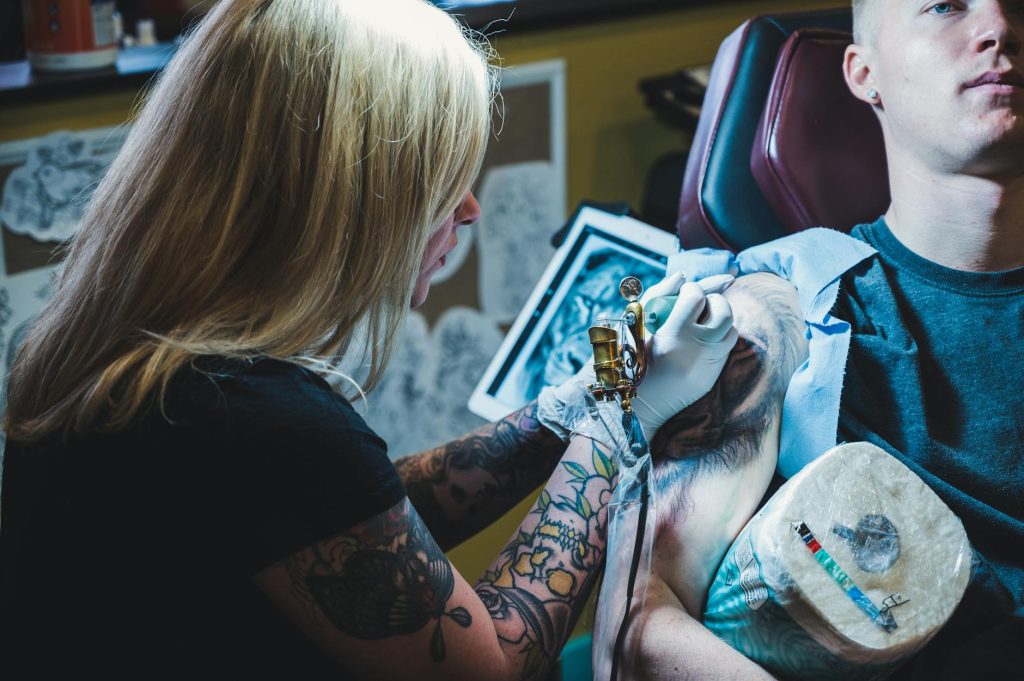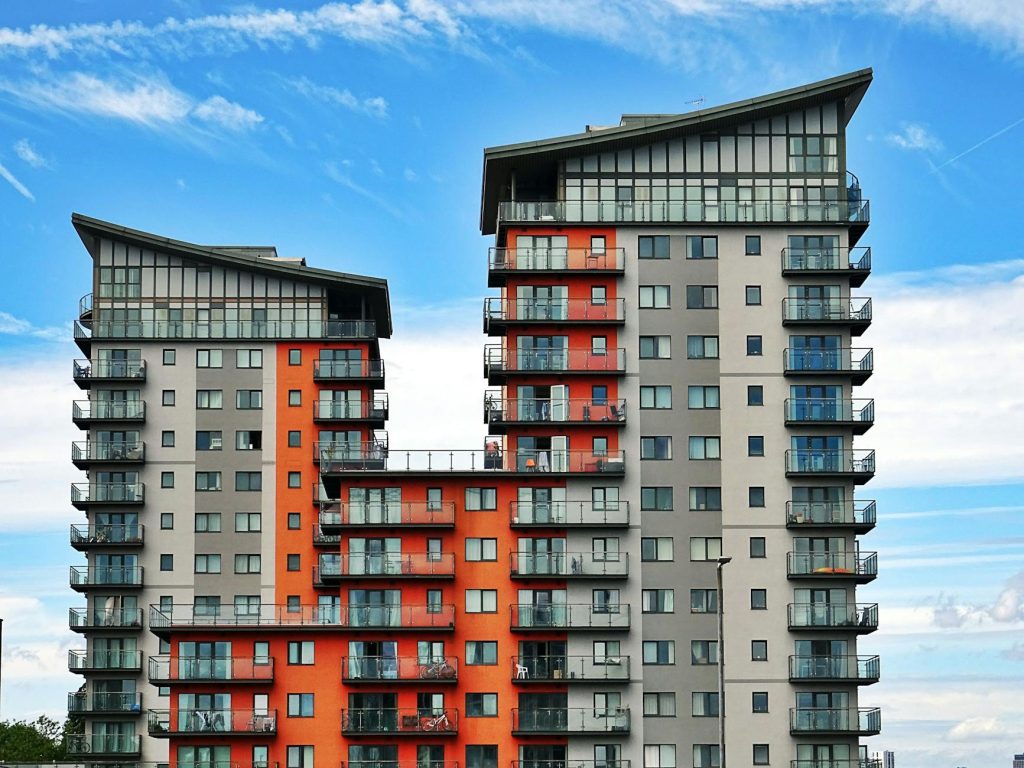A few years back I landed in Medellín after months tucked into my Santo Domingo routine. I hopped in a taxi, flashed my Caribbean smile, and chirped, “¡Hola, buenas noches!” The driver grinned, tossed me a “¿Quiubo, parce?” and we were off—me silently texting my paisa friends to confirm I’d just been greeted with two of Colombia’s most iconic words in a single breath. (Short answer: yes; long answer: you’re about to master when and how to use both.)
If you’re an expat who already has survival Spanish but wants to sound natural on the Colombian street, this is your field guide. We’ll unpack the big greetings—quiubo, parce, ¿qué más pues?, buenas, a la orden—and the regional curveballs like sumercé in Bogotá. I’ll sprinkle in quick contrasts with my Dominican home base (where we say ¿qué lo qué?), a practical vocabulary table, and two mini-scripts you can rehearse before you hit the sidewalk café.
Why Colombian greetings feel different (and why that’s great for your Spanish)
Colombia’s hellos are short, musical, and situation-aware—they tell you who is speaking, where they’re from, and how they’re feeling in three syllables or less. A shopper slips a soft buenas into a store doorway (all-purpose “hey there”), a vendor volley-serves a la orden (“at your service”) from behind a fruit stand, two teens lock eyes with ¿quiubo, parce? and a nod, and a Bogotá elder greets you with sumercé, a colonial-era gem that still lives in the Andes.
A few anchors from reliable sources:
- Quiubo (often written q’hubo/kiubo) is a contraction of ¿qué hubo?—literally “what was there?” and pragmatically “what’s up?”—widely used across Colombia today, especially among younger speakers spanish.yabla.comWikipediaFluentU.
- Parce/Parcero is “mate/buddy,” with origins tied to partner and popularized in Medellín’s parlache slang; it’s now understood nationwide Colombian SpanishSpanish Adventure.
- The paisa hello ¿qué más pues? looks like “what else then?” but functions as “how’s it going?” in Antioquia and beyond studyspanishlatinamerica.comMedellin Advisors.
- Walk into shops and you’ll hear a clipped buenas instead of the full buenos días/tardes/noches—very Colombian, very friendly uncovercolombia.com.
- After helping you, Colombians often say a la orden—“at your service”/“you’re welcome”—a phrase so common it’s practically a national soundtrack helpingyoulearnspanish.comMarca país.
- In the highlands around Bogotá, the pronoun sumercé (“your grace”) survives as a formal, affectionate way to address someone, a cultural relic that still has modern fans LearnLatinAmericanSpanish.comlanguagehat.com.
- And uniquely Colombian: friends and family in Bogotá may use usted (normally formal) with each other—a quirk documented in overviews of Colombian Spanish Wikipedia.
Now, let’s put these into mouth-ready context.
“Quiubo”: a three-syllable entry ticket
Quiubo (also q’hubo/kiubo) is the street-friendly “what’s up?” you’ll hear from Cali to Cartagena. It compresses ¿qué hubo? and, as multiple guides note, functions like “what’s up?” or simply “hey” when tone is light spanish.yabla.comFluentUTransatlantic Adventure.
- Where it thrives: among friends, classmates, neighbors you see daily, shopkeepers who know your face.
- How to reply: mirror it—“Quiubo, parce”—or answer with “todo bien”, “bien o qué”, “¿qué más?”
- What not to do: don’t drop it in a bank office or with your child’s head of school on day one. Save it for casual registers and people your age.
Quick mouth drill
Say it like “kyoo-bo” (two quick pulses). Smiling helps you hit the Colombian lilt.
“Parce/Parcero”: not just a word—an invitation
If Dominican manin or bro is your Caribbean compass, parce is the Colombian north star. Guides broadly agree: parce/parcero means friend, mate, buddy, and it’s especially at home in Medellín’s parlache slang before spreading countrywide Colombian SpanishSpanish AdventureMedellin Advisors.
- Direct address: “Parce, ¿vamos por una pola?” (“Dude, grab a beer?”)
- Talking about friends: “Son mis parceros.”
- Tone: warm, informal. A first-time greeting like “Quiubo, parce” is instantly local—and far friendlier than defaulting to formal señor with peers.
Tip from this Dominican transplant: in the DR, parce marks you as Colombian-ish. If you hop back to Santo Domingo, flip to manito or mi hermano—same warmth, new rhythm.
“¿Qué más pues?” and “¿Bien o qué?”: the paisa handshake
Antioquia (Medellín and surrounds) stamps its accent on two greetings:
- ¿Qué más pues?: “How’s it going?” not “what else?” as learners often assume FacebookHiNative.
- ¿Bien o qué?: “Good or what?”—playful, expecting a “bien, pues” or “todo bien.”
Both are friendly, informal, and musical. Tuck a pues onto your reply once in a while; in Antioquia it’s like an audible smile.
“Buenas”: Colombia’s one-word doorknock
Buenas is your safest catch-all greeting when entering a shop, approaching a kiosk, or sliding into a taxi. Culture writers call it quintessentially Colombian, an all-hours shorthand for buenos días/tardes/noches that equals “hey/hello” without overthinking time-of-day math uncovercolombia.com. It’s also a kindness cue: locals notice a quiet buenas far more than an imported hola with earbuds in.
“A la orden”: kindness as chorus
Few phrases feel more Colombian than a la orden. You’ll hear it when a vendor beckons you, when a clerk hands back your change, or when someone says “you’re welcome”—a literal “at your service” that frames daily transactions with warmth helpingyoulearnspanish.comFluentUMarca país.
- In cafés/shops: staff may sing out “a la orden” before you speak (meaning “may I help you?”).
- After you pay: “a la orden” doubles as “no problem/you’re welcome.”
- How to respond: “gracias” or “muy amable.” Bonus points for “igualmente, muchas gracias.”
“Sumercé”: Bogotá’s formal throwback
In and around Bogotá and Boyacá, sumercé (from su merced, “your grace”) can replace usted as an old-new pronoun of respect and affection. Language blogs and regional overviews note its colonial roots and modern revival among locals who cherish its elegance languagehat.comLearnLatinAmericanSpanish.com.
- Where you’ll hear it: rural towns, Bogotá’s highlands, among elders, sometimes playfully among younger speakers.
- How to try it: sparingly and sincerely—“¿Cómo está sumercé?”—with people who use it first.
Vocab table: greet like a local, sound like yourself
| Spanish (Colombia) | English | Usage tip |
|---|---|---|
| ¿Quiubo? / Q’hubo / Kiubo | What’s up? | Casual hello among peers; contraction of ¿qué hubo? spanish.yabla.comWikipedia |
| Parce / Parcero(a) | Mate / buddy | Medellín-born, now national; warm, informal Colombian SpanishSpanish Adventure |
| ¿Qué más pues? | How’s it going? | Paisa calling card; reply bien, pues studyspanishlatinamerica.com |
| ¿Bien o qué? | Good or what? | Expect a cheerful todo bien |
| Buenas | Hello / hey | Polite doorknock in shops/taxis uncovercolombia.com |
| A la orden | At your service | Heard in markets; also “you’re welcome” Marca país |
| Sumercé | Your grace (formal “you”) | Highlands formality/affection LearnLatinAmericanSpanish.com |
| ¿Qué hubo? | What’s been going on? | Source greeting behind quiubo Wikipedia |
| Mijo / Mija | My son / my daughter | Bogotá families use it affectionately, even between spouses Wikipedia |
| Usted entre amigos | You among friends | Bogotá feature; don’t be surprised Wikipedia |
Mini-script 1: your first five minutes in Medellín
You (entering a café): Buenas.
Barista: A la orden.
You: ¿Quiubo, parce? ¿Me regalas un tinto?
What’s up, bro? Could I get a coffee (black)?
Barista: ¿Qué más pues? Ya se lo sirvo.
How’s it going then? I’ll serve it right up.
You (paying): Gracias—muy amable.
Barista: A la orden.
You (to the person at the next table): ¿Bien o qué? ¿De aquí de Medellín?
Good or what? Are you from Medellín?
This tiny scene carries four local hellos without sounding like a slang collage. Note the gentle ¿Me regalas…? (Colombian service phrasing) and end with muy amable, a tidy Colombian “thank you” upgrade.
Mini-script 2: Sunday in Bogotá (with a highland twist)
Neighbor (older gentleman): ¿Cómo está sumercé?
How are you (your grace)?
You (matching tone): Muy bien, sumercé. Gracias por preguntar.
Neighbor: A la orden, joven. ¿Quiere una polita?
At your service, young man. Want a beer?
You (laughing): De una.
Absolutely/Right away.
Neighbor: ¿Qué más? ¿La familia bien?
How are things? Family good?
You: Todo bien, gracias.
Here we paired sumercé with respectful usted verb forms and a tiny, modern De una (“count me in/right away”), which many Colombians use to accept a plan on the spot Reddit.
Dominican detour: “¿Qué lo qué?” vs. “¿Quiubo?”
Back in Santo Domingo I’d never say ¿quiubo?—that’s a Colombian melody. We greet with ¿qué lo qué? or the clipped ¿qué lo que hay?; both are cousins to ¿quiubo? in function (“what’s up?”), but switching countries means switching vowels. My rule when I hop between DR and Colombia: mirror the greeting you hear, then sprinkle one local phrase you’ve practiced. It’s respectful, playful, and shields you from over-slanging.
When not to slang (and how to switch registers gracefully)
- Banks, immigration, your child’s head of school: start with buenos días/buenas tardes and usted. If they shift you informal, match them; otherwise, stay formal.
- Older strangers in Bogotá: sumercé or señor/señora land far better than parce.
- Video calls with officials outside Colombia: keep Colombia-isms in your pocket unless you know the audience (a buenas may puzzle Madrileños).
A quick code-switching hack: connect slang to standard Spanish out loud—“Quiubo—hola, ¿cómo estás?”—when you aren’t sure. You sound local and intelligible to non-locals.
Your 7-day “hello” workout (simple, real, street-tested)
- Day 1: Every shop door: Buenas. Notice smiles.
- Day 2: After each purchase: Muy amable / a la orden exchange.
- Day 3: With peers: swap one hola for ¿quiubo? Test the echo reply.
- Day 4: In Antioquia: open with ¿qué más pues?—log the answers you hear.
- Day 5: Accept a plan with de una at least once.
- Day 6: In Bogotá highlands: if someone uses sumercé, mirror it with warmth.
- Day 7: Craft your own greeting pair (e.g., ¿Bien o qué? → todo bien) and run it three times.
By week’s end, your ears will predict the cadence and your mouth will follow.
Final reflections from a Dominican-based, Colombia-frequent expat
Every time I step off a plane in Medellín and someone greets me with ¿quiubo, parce?, I’m reminded that street greetings are cultural passwords. They unlock the coffee counter conversation, the moto-taxi story, the playground intro that becomes a friendship. Mastering them taught me more about Colombian warmth than any grammar chapter: “buenas” for entry, “a la orden” for service, “¿qué más pues?” for the shared shrug at afternoon rain.
Got a favorite micro-greeting from your barrio—“¿qué hubo, mano?”, “¿sí o qué?”—or a time you accidentally usted-ed your skateboard instructor? Share it below. Between the DR and Colombia we’ll crowd-source a cross-Caribbean phrasebook, one sidewalk hello at a time.










